I decided to visit the Heights Chateau which is located fairly close to New York City College of Technology so I took a short walk over there. The neighborhood is very quiet and I was eagerly anticipated for the experience but I was also a tad wary as I doubted the information that I have already learned about wine. I met with my mother in front of the wine shop so we could be able to purchase some wine, seeing as I am underage. When I first walked in I was overwhelmed by the selections of wines that were from all over the world. There were wines from Israel, Portugal, Greece as well as the usual prospects like France, Italy, and Germany.
I actually met with a store clerk there named Rebecca who was very helpful in answering all my impending questions about the wines. I first asked about how the wines were situated and what the concept of the placement of each wine was. She told me that the wines were separated by country from north to south which was executed by the country’s name tags with the country’s flag even more extensively the wines were separated by year, appellation, and whether it was red or white wines. Then, I asked about the way the wine bottles were positioned whether vertically or horizontally and what was best for the wine, in terms of flavor. She explained how the differing positions of the bottles in this particular establishment were specifically for space as the bottles’ shapes vary; some can be stacked while others must be vertical. But she said that to age wine better, it is best to lay them horizontally yet the wines they sold were already properly aged. She informed me that they had vintage wines dated back to ’98 which were the most expensive and were located in the temperature-controlled cellar downstairs as for the upstairs the vintage wines dated to ’07.
I also learned about kosher wines which I was completely clueless about but Rebecca kindly explained that kosher wines similar to kosher foods had to be blessed by a rabbi who is a Sabbath observant. The rabbi must also supervise it through the entire winemaking process from the grapes being picked to it being bottled. The grapes that are used for the wine also must have never been touched by any grains, breads, or dough to be pure. Each bottle of kosher must be certified by a specialized stamp located on the back of the label.
Finally, I asked Rebecca, how does she suggest wines and could she make a wine suggestion for my family, she said that she certainly could suggest a wine. She replied that she usually need to know what preferences that we had to a specific alcoholic beverage or the region that is particularly favored, then the occasion that the wine will be served, and the price range. My mother and I wanted a light wine which was on the sweeter side which meant we’d need a white wine that had residual sugar. Rebecca chose two wines for us, one was from Spain it was a 2014 Entremares blanco coupage and the second one was from France it was a 2013 Jovly chenin blanc. Both wines are medium bodied and well balanced; I cannot wait to try them. Rebecca described the secret about food pairing and said that usually wines should be paired with regional foods. As my mother purchased the two wines, I began to realized how beautiful of a learning experience learning about wine truly is. I am not only able to taste wine but understand wine as well.

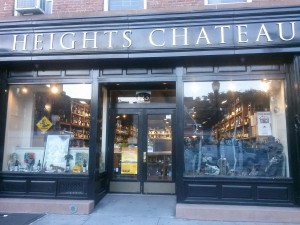
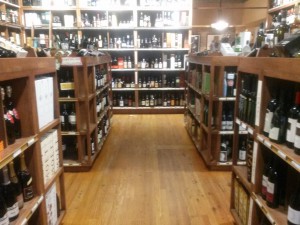
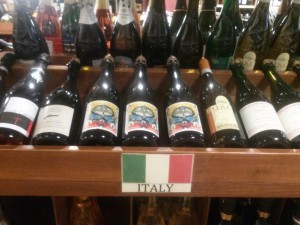
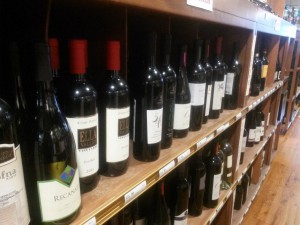
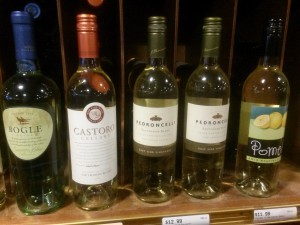



You learned so much in such a short amount of time. Keep it up.
Thank you, although sometimes it doesn’t feel like it, I surprise myself with how much I now understand about wine.